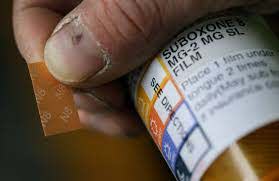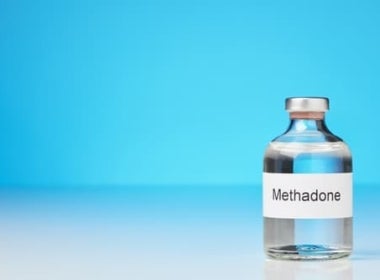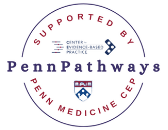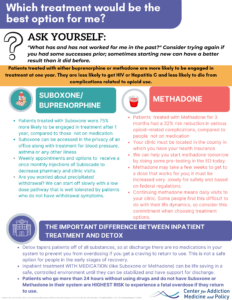Medications for Opioid Use Disorder (MOUD)
What treatments are available for patients with opioid use disorder?


Methadone

Naltrexone
Clinicians at the Center for Addiction Medicine and Policy strongly recommend medication for opioid use disorder (MOUD) as first-line treatment for OUD. Treatment with buprenorphine and methadone has been shown to decrease the morbidity and mortality associated with OUD over other treatments. The right medication will depend on the individual patient and may change over time. Our clinicians work in both the outpatient, ED, and inpatient settings, all of which are appropriate settings to initiate MOUD.
Here, we provide resources to clinicians working in the hospital setting and advocate for initiation of MOUD with the goals of:
- Alleviating withdrawal symptoms and craving to facilitate treatment of other medical issues
- Providing evidence-based, patient-centered care to our patients experiencing opioid withdrawal symptoms
- Mitigating patients from leaving the hospital by Patient Directed Discharge and reducing re-admissions
- Facilitating referral to outpatient and inpatient treatment
Clinicians can use this pathway to help them select the most appropriate MOUD for their patients. Those working within UPHS can access the pathway directly through PennPathways.


